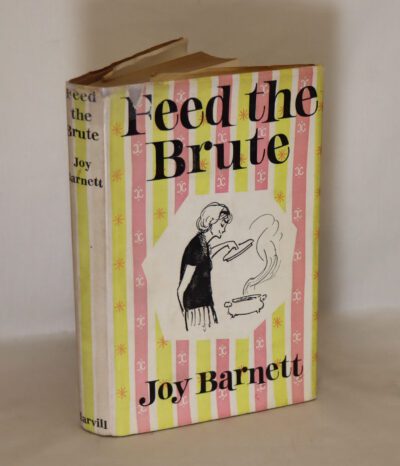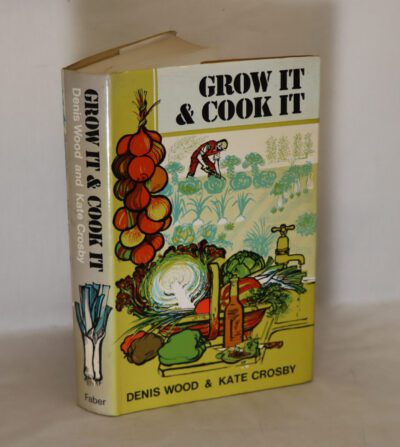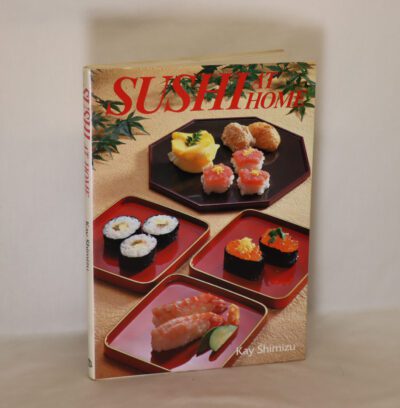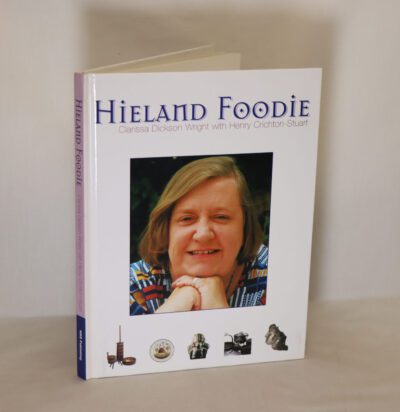The Boston Cooking-School Cook Book.
By Fannie Merritt Farmer
Printed: 1924
Publisher: Little Brown & Co. Boston
| Dimensions | 15 × 21 × 4 cm |
|---|---|
| Language |
Language: English
Size (cminches): 15 x 21 x 4
Condition: Good (See explanation of ratings)
FREE shipping
Item information
Description
Tan cloth binding with brown title on the spine and front board.
We provide an in-depth photographic presentation of this item to stimulate your feeling and touch. More traditional book descriptions are immediately available
- Note: This book carries a £5.00 discount to those that subscribe to the F.B.A. mailing list
For conditions, please view our photographs. A nice clean rare copy from the library gathered by the famous Cambridge Don, computer scientist, food and wine connoisseur, Jack Arnold LANG. Jack founded the Midsummer House, Cambridge’s paramount restaurant. This dining experience is hidden amongst the grassy pastures and grazing cattle of Midsummer Common and perched on the banks of the River Cam. The Midsummer House experience is imaginatively curated to delight and amaze, so our surprise set menu changes regularly and is our playground to showcase our reverence for purity of flavour and natural seasonal ingredients.
This, Jack’s personal copy, is a truly beautiful book! Very rare in this great condition. Contains many recipes – from simple and economical to elaborate and expensive. Includes chapters on fruit and veggie drying, and food values.
This vintage book contains a famous cookbook written by Fannie Farmer in the nineteenth-century. It is an extensive and comprehensive general reference cookbook which is still being reprinted and updated to this day. It is famous for a more rigorous approach to writing recipes than had been common up to that point, and is still a useful cooking resource for modern readers. Easy-to-digest and full of interesting recipes and handy tips, this book would make for a great addition to any collection of cooking literature. It is not to be missed by the discerning collector.
Reviews:
-
We have used the British 1949 Edition (now much the worse for wear) all our married life. Looking for a new edition on Amazon we found innumerable editions going back to 1896… The current reprint of the 1914 American edition is a most charming time capsule of pre WWI America.The book contains a great deal of technical information sadly lacking in today’s cookery books. Most of the recipes would appear to be adaptable to kitchens of today though not recommended for novice cooks. For the social historian – a goldmine.
-
I was delighted to find this vintage copy of Fannie Farmer’s cookbook from the early 1940s. The recipes are meat, potato, and dairy-based with butter, lard, salt, oil, white flour, and refined cane sugar as frequently used ingredients. It’s a basic, no-frills, utilitarian cookbook from the past with no fancy color photographs. Although I cannot recommend this classic cookbook as a cookbook for healthy eating, I love it none-the-less for its historical and sentimental value. It gives a glimpse into the eating patterns of prior generations.
-
This is my cooking bible. I use it as a reference for all sorts of basic information (How long to bake a potato, how to dress a turkey….) as well as for more elaborate recipe information. This is a great basic cook-book. My dad gave me a paperback copy when I moved out, and when it fell apart, I went looking for a replacement. This edition of “Fannie Farmer” is, in my opinion, the best. It has a lot of down-to-earth information for either a new or experienced cook. You’ll never starve as long as you have your Fannie Farmer!
Fannie Merritt Farmer (23 March 1857 – 16 January 1915) was an American culinary expert whose Boston Cooking-School Cook Book became a widely used culinary text. Fannie published her best-known work, The Boston Cooking-School Cook Book, in 1896. A follow-up to an earlier version called Mrs. Lincoln’s Boston Cook Book, published by Mary J. Lincoln in 1884, the book under Farmer’s direction eventually contained 1,850 recipes, from milk toast to Zigaras à la Russe. Farmer also included essays on housekeeping, cleaning, canning and drying fruits and vegetables, and nutritional information. The book’s publisher (Little, Brown & Company) did not predict good sales and limited the first edition to 3,000 copies, published at the author’s expense. However, the book was so popular in America, so thorough, and so comprehensive that cooks would refer to later editions simply as the Fannie Farmer Cookbook, and it is still available in print over 100 years later.
Farmer provided scientific explanations of the chemical processes that occur in food during cooking, and helped to standardize the system of measurements used in cooking in the USA. Farmer left the School in 1902 and created Miss Farmer’s School of Cookery. She began by teaching gentlewomen and housewives the rudiments of plain and fancy cooking, but her interests eventually led her to develop a complete work of diet and nutrition for the ill, titled Food and Cookery for the Sick and Convalescent, which contained thirty pages on diabetes. Farmer was invited to lecture at Harvard Medical School and began teaching convalescent diet and nutrition to doctors and nurses. She felt so strongly about the significance of proper food for the sick that she believed she would be remembered chiefly by her work in that field, as opposed to her work in household and fancy cookery. Farmer understood perhaps better than anyone else at the time the value of appearance, taste, and presentation of sickroom food to ill and wasted people with poor appetites; she ranked these qualities over cost and nutritional value in importance.
Want to know more about this item?
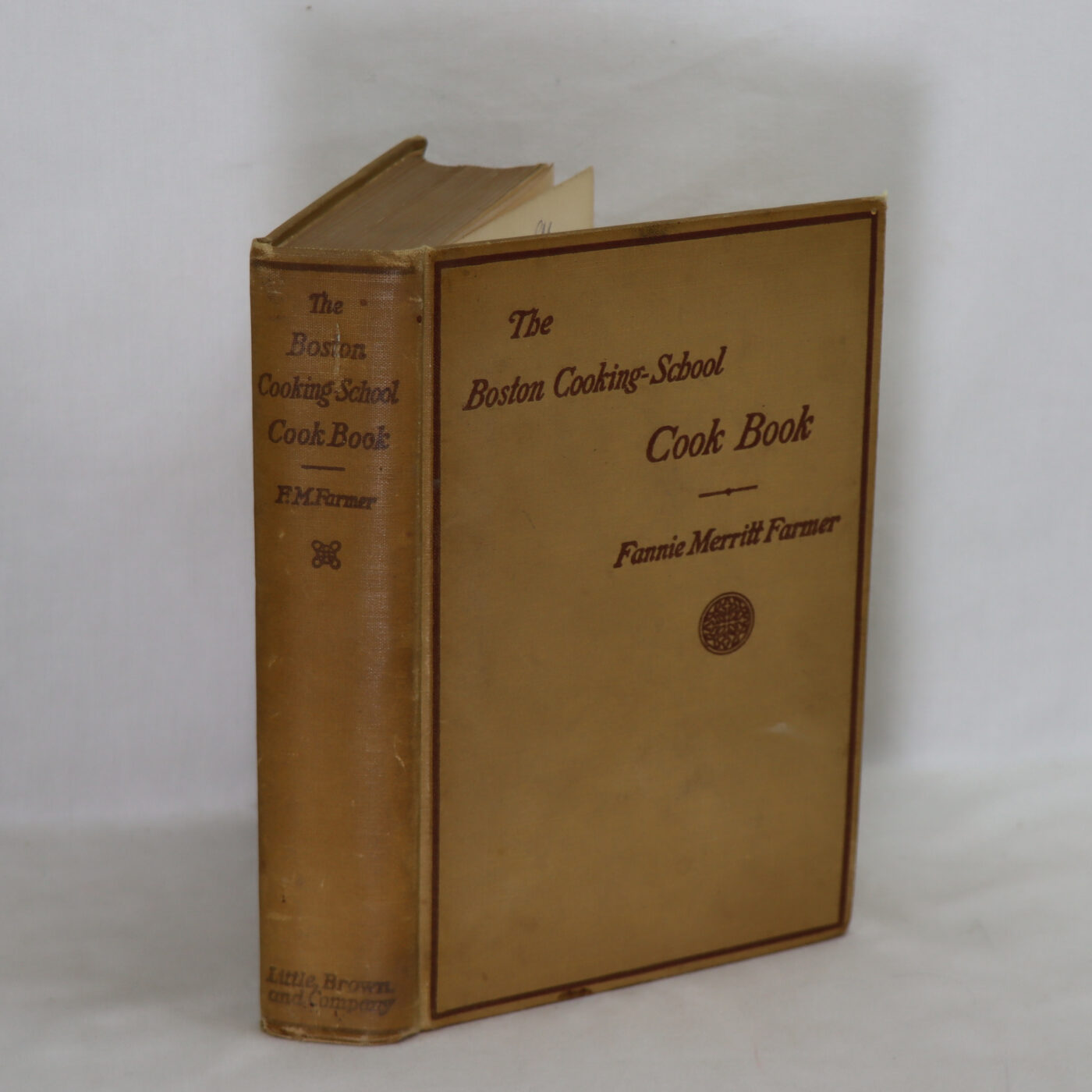
Related products
Share this Page with a friend



